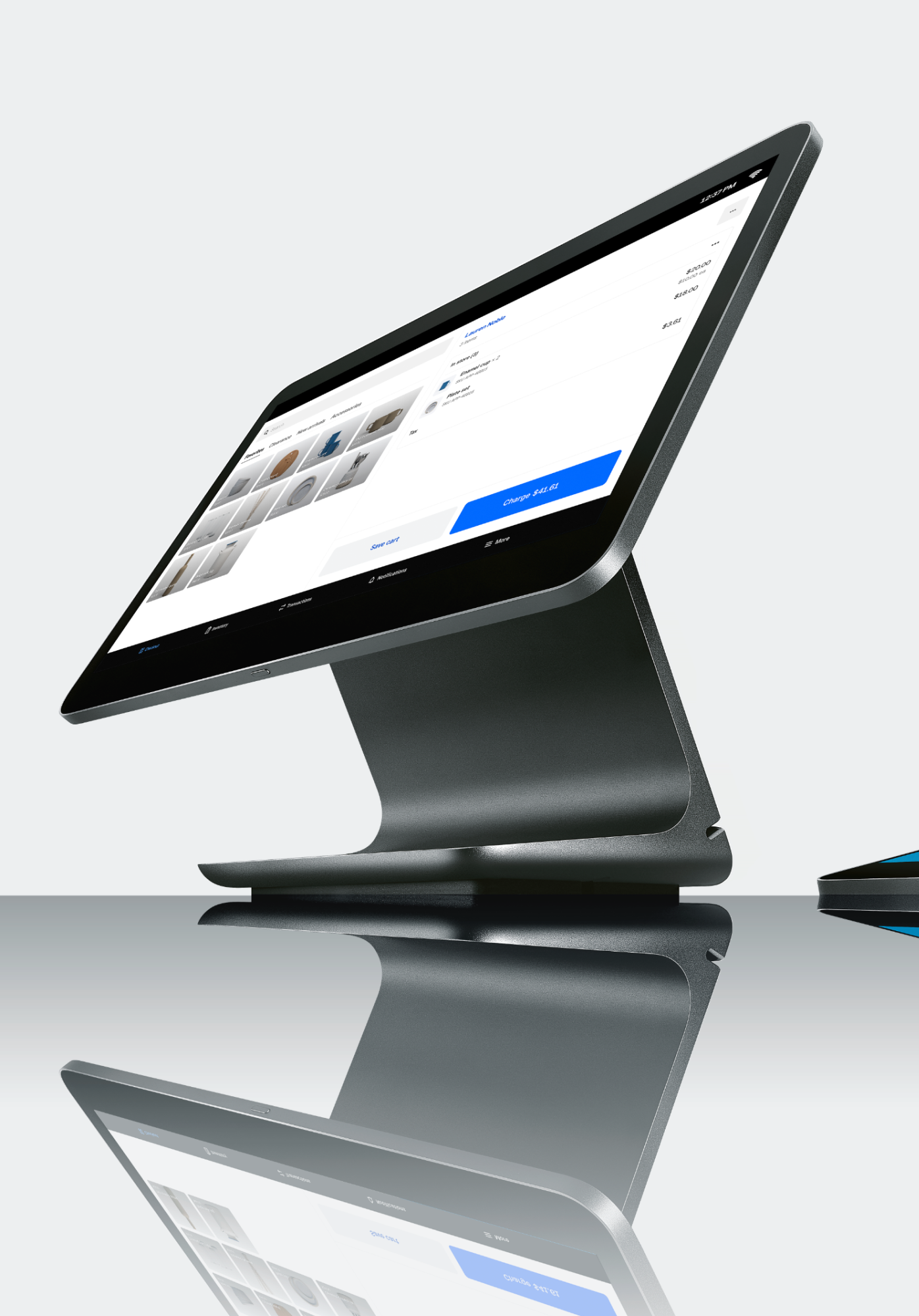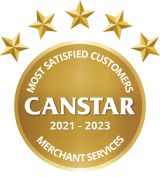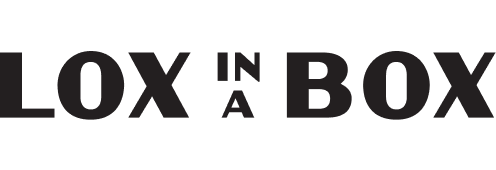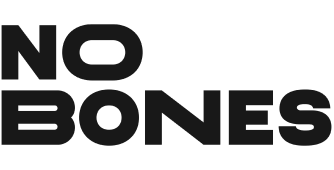Please update your browser.
Download the latest version of a supported browser below to get the most out of this website:
Powering all the ways you do business.
Work smarter and automate for efficiency on the software and hardware platform millions of businesses trust.



All business types
Customise your experience by ->
-
All
-
Restaurant
-
Retail
-
Beauty
Sell anywhere easily, quickly and seamlessly.
Hardware with a simple and customisable POS system .
Secure, reliable payments anywhere your customers are.
Open an online shop with in-store pickup, online ordering and shipment options.
Optimise your operations.
Seamlessly manage multiple locations, sales channels and employees to improve efficiency and your bottom line.
Your business goal
How to solve it with Square
((1)) Reach more customers
Increase customer loyalty and value with centralised customer data and insights whether you sell online, in store and/or via invoice.
Email marketing software to promote your business and retain customers.
Create a website to receive orders, showcase items and track inventory from your POS to your website.
((2)) Manage your money
Get powerful data to track business performance and make confident decisions.
Get your Square Balance paid into your linked bank account the next day for free or instantly for a small fee.¹
Get loan offers based on your card sales through Square.²
((3)) Manage your team
Get rostering , time tracking, payroll prep and sales all together.
Set permissions for different access levels and report on sales by staff member with Square Team Management .

Canstar's Most Satisfied Customers Merchant Services award 3 years in a row.
Hear from Square sellers.








Square by the numbers.
4M+
Trusted by 4M+ Square sellers globally *
$4B+
Lent in Square Loans originations *
4B
Individual sales transactions annually *
Build custom commerce experiences.
APIs
Integrate Square with your business software or website using Square APIs for payments , commerce , customers , staff and merchants .
Integrations
Connect Square payment hardware to your business software using Terminal API and POS API .
Apps
Use our prebuilt, vetted partner integrations in the Square App Marketplace .
Help
Hire a Square onboarding specialist or website designer , to customise how Square works for you .
APIs
Integrate Square with your business software or website using Square APIs for payments , commerce , customers , staff and merchants .
Integrations
Connect Square payment hardware to your business software using Terminal API and POS API .
Apps
Use our prebuilt, vetted partner integrations in the Square App Marketplace .
Help
Hire a Square onboarding specialist or website designer , to customise how Square works for you .
Built for all kinds of restaurants.
Built for all kinds of retailers.
Built for all kinds of services.
Get support.
Learn more about Square.
Stay up to date on new products, expert advice, and more.
Nice to meet you
We think businesses are as unique as the people who run them. Get individualised content on the topics you care about most by telling us a little more about yourself.

FAQ
-
Square has solutions for businesses of all sizes . Our connected tools are built to scale with future-focused, connected tools. Enhanced, customer-friendly experiences help build deeper data and better customer relationships. And our open platform means you can connect to prebuilt integrations or build out your own with our APIs. Learn how Square works with larger, more complex businesses .
-
Merchant services is an all-encompassing term that describes the hardware, software and financial services needed for a business to accept and process payments — credit cards, debit cards, NFC-enabled mobile wallets and other contactless payments — both online and in-store. Just getting started and need a simple way to take payments? Start accepting payments in minutes with Tap to Pay on iPhone . Or choose from our wide range of POS hardware , designed for businesses of any size and type, starting at $39.
-
Square built a suite of integrated tools to help service businesses save time so they can focus on growing revenue and delivering exceptional service to their clients. Square Appointments works for any business that needs appointment scheduling capabilities and a point-of-sale system. Use Square Invoices — a free, all-in-one invoicing solution that helps businesses request, track, and manage their invoices, estimates, and payments in one place to get paid faster. Learn more about our solutions for professional services .
-
Buy now, pay later (BNPL) is a payment option that allows a customer to pay for a purchase over time in instalments while merchants get paid in full upfront. With Afterpay, Square merchants can let customers pay in four interest-free instalments over six weeks.
-
Square Point of Sale software and suite of tools make it easy to sell in person, online, over the phone or out in the field. As your business evolves, you can quickly add tools that help your business, from managing team members to adding devices and locations, all with a couple of taps. You can also track customers’ preferences and purchases to create more personalised marketing and loyalty programs to keep them coming back more often. We stand out with best-in-class hardware and an all-in-one platform. See how we stack up against Shopify, Fresha, Lightspeed, Tyro and others with a feature-by-feature comparison . Or hear what our customers have to say about Square on our review page .
-
Square strives to provide the best hardware, software and resources to support you in every stage of your journey, whether you’re a first-time business owner or a seasoned entrepreneur. Explore our publication for modern business leaders, The Bottom Line , for the latest trends, insights and strategies. Find tips and tricks, videos and articles in our Square Support Centre to help you get the most out of Square hardware and software. Need a little extra help? Our team is ready to support you via phone, email, Facebook or Twitter.
-
Square offers an extensive range of products and features designed to support all types of businesses, from POS systems to payment processing options and e-commerce solutions. Discover how Square can help your business succeed by exploring our comprehensive offerings of software and hardware .
¹ Instant transfers require a linked, eligible bank account and cost a fee per transfer. Funds are subject to your bank’s availability schedule. Up to $5,000 AUD per day. The minimum you can transfer is $5.
² All loans are issued by Square AU Pty Ltd. (ABN 38 167 106 176). Valid Australian bank account is required. Actual fee depends upon payment card processing history, loan amount and other eligibility factors. A minimum payment of 1/18th of the initial loan balance is required every 60 days and full loan repayment is required within 18 months. Loan eligibility is not guaranteed. Eligibility criteria include consistent and continuous payment card processing through Square. All loans are subject to credit approval. Terms and conditions apply.
















